Figures & data
Table 1 Comparative Surface and Subsurface Stress Ratios for the Example of the 6217 Bearing, Stress Amplitude (Pa)
Table 2 Range of Parameters Used in the Advanced Model for Surface Distress for the Derivation of Eq. [Equation31 [31] ]
[31] ]
Table 3 Test Conditions Used for Bearing Life Testing, as Given in (Citation14)
Table 4 Deep-Groove Bearing Example (6309) Results from the Present Approach to Illustrate the Use of the Model
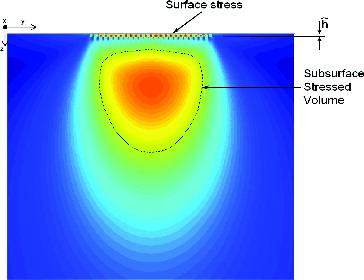
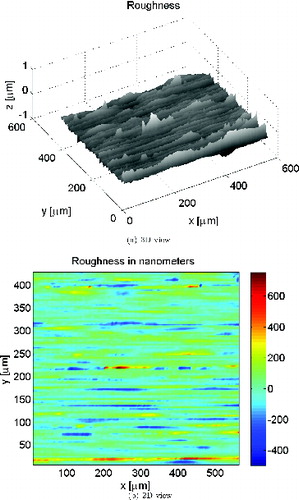
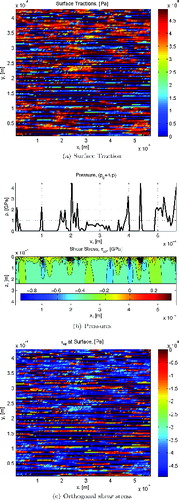
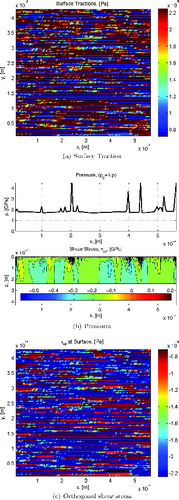
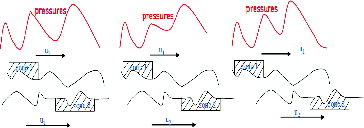
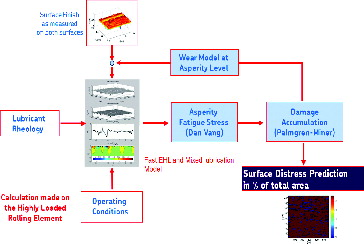
 [31] ]
[31] ]![Fig. 7 Normalized surface damage function (Rs = IsueLe10.BR/[KLn(1/0.9)]) versus bearing load (P/Pu) and the lubrication conditions (κ) as defined in ISO 281 (Citation15) for conditions of no contamination. Notice that, for higher values of κ better lubrication, the surface damage function is reduced, and it is also nearly constant with load.](/cms/asset/09180d31-9b4c-4c61-9ced-8396b6d72af8/utrb_a_1025932_f0007_b.gif)
![Fig. 8 Calculated damage function ratio from Eq. [Equation32[32] ] for different κ values and for variable load P/Pu for a deep-groove ball bearing typical case. The importance of the surface damage function with respect to the subsurface is reduced when the lubrication conditions are enhanced.](/cms/asset/70a29764-39ff-425d-9fff-b0004f3aebdf/utrb_a_1025932_f0008_oc.jpg)
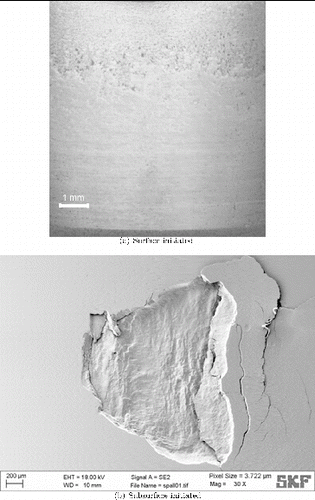
![Fig. 10 Comparison the surface damage limiting curves of the ball and roller bearings; for example, Eq. [Equation31[31] ] and the back-calculated surface damage obtained from endurance testing of bearing population samples.](/cms/asset/fe270e7d-6c62-47ad-84ce-f236cc776a66/utrb_a_1025932_f0010_b.gif)
